Market Trends
Introduction
As we enter the year 2024, the micro-inverter market is at the point of major evolution, driven by the confluence of technological development, regulatory pressure and changes in consumer behavior. The growing use of renewable energy sources, coupled with the aforementioned increasingly stringent regulations on carbon emissions, is driving the demand for energy solutions. In this context, technological innovations such as improved energy management systems and improved inverter efficiency are changing both the product portfolio and consumers’ expectations. And a growing awareness of energy independence and the importance of sustainability is influencing consumers’ buying behavior. This trend is putting pressure on the market and its players to adapt to it. And understanding these developments is crucial for companies in the sector to position themselves strategically in a highly competitive environment.
Top Trends
-
Increased Adoption of Renewable Energy Policies
Across the globe, governments are promoting the use of alternative energy sources, with micro-inverters playing a crucial role. The United States, for example, has set itself the goal of obtaining all its energy from clean sources by 2035. This is driving a demand for more efficient solar solutions. With this support, the market penetration of micro-inverters is expected to grow. The operational impact is increased deployments, which will lead to a more competitive landscape. Further developments may include further incentives for micro-inverters used in residential applications. -
Technological Advancements in Micro Inverter Design
It is a micro inverter, the Enphase Energy inverter, which is enhancing the efficiency and reliability of the solar cells. These inverters, of which the latest models boast an efficiency of 97%, have a considerable effect on the energy conversion rate. This is of great importance for consumers looking for optimum performance from their solar installation. Competition is likely to increase further development, thereby reducing costs and increasing uptake. The effect on the market is a shift towards more advanced solar solutions in the residential and commercial sectors. -
Integration with Smart Home Technologies
SMART HOUSE is the new buzzword for home automation. Companies are developing solutions to enable consumers to monitor and control energy consumption in real time. For example, a growing number of systems can be controlled by voice commands via platforms such as Google Home or Amazon Alexa. This is increasing customer engagement and satisfaction, and this is reflected in higher take-up rates. In the future, energy management solutions will probably be further enhanced by machine learning. -
Focus on Energy Storage Solutions
The market for micro-inverters is also influenced by the increasing importance of energy storage, since these devices are designed to complement battery systems. The world market for energy storage is growing rapidly. To optimize the use of stored energy, micro-inverters are an essential component. Companies are collaborating to create integrated solutions that increase consumers’ energy independence. This trend is expected to increase the operating efficiency and value of the solar system. The trend towards integration of micro-inverters with different types of storage devices is expected to continue. -
Rising Demand for Residential Solar Installations
In the residential market, microinverters are now the most popular because of their efficiency and ease of installation. In the past year, residential solar power systems have grown by more than 20 percent. The main reason for this is that the cost of electricity is decreasing and the benefits of using clean energy are increasingly recognized by consumers. This has had an effect on the market, with manufacturers shifting their focus towards the residential market. In the future, it is likely that the products developed for this market will be tailored to suit consumers’ needs. -
Enhanced Monitoring and Performance Analytics
With the development of microinverters, advanced monitoring systems are becoming more and more common. This makes it easy for users to track the performance of their systems. Companies are also investing in data analysis, which provides users with real-time information on their systems, enhancing the user experience and the efficiency of the system. This is a key trend, as it enables users to optimize their energy consumption. It also has an impact on customer satisfaction and retention rates. Further developments could lead to even more advanced data analysis, which could enhance the performance of the system still further. -
Sustainability and Eco-Friendly Manufacturing Practices
The micro-inverter manufacturers are increasingly focusing on the issue of environmentalism, and many are adopting eco-friendly production methods. In the course of their manufacturing, companies are increasingly making use of recycled materials and reducing waste. This trend is in line with the consumers’ desire for products that are friendly to the environment, and this is enhancing their loyalty to particular brands. In addition, companies are benefiting from potential cost savings and enhanced reputations. The future may bring even more stringent regulations in this area, driving the industry towards greater sustainability. -
Expansion into Emerging Markets
Rising energy needs and the adoption of solar energy in emerging markets are making microinverter manufacturers more and more interested in emerging markets. In Asia and Africa, there is a rapid increase in the number of solar systems and the use of microinverters is gaining ground. This trend offers new opportunities for companies to expand their presence and diversify their revenue sources. The resulting operational challenges include the need for localized strategies and strategic alliances. Future developments may include tailored solutions to meet the specific needs of these markets. -
Collaboration and Partnerships in the Industry
Strategic collaborations between manufacturers of micro-inverters and solar cell manufacturers are growing and enhancing product offerings. These strategic collaborations are based on a shared commitment to performance and efficiency. This trend is a crucial driver of innovation and growth. Shared resources and faster product development are the operational benefits. Strategic alliances may be more common in the future, aimed at solving the market’s most pressing problems. -
Regulatory Compliance and Safety Standards
Despite the rapid growth of the micro-inverter market, the regulatory and safety standards are becoming more important. Product reliability and consumer trust depend on the investment of manufacturers in meeting the stringent safety standards. The trend is to maintain the integrity of the market and avoid potential legal liabilities. The compliance cost is increased, but product reliability is also improved. The future development of the regulatory environment may be more unified, and the cost of compliance for manufacturers may be reduced.
Conclusion: Navigating the Micro Inverter Landscape
The microinverter market in 2024 will be characterized by a high degree of competition and significant fragmentation, with both old and new players competing for market share. The established players are able to rely on their brand name and technological expertise, while newcomers can rely on innovation, flexibility, and sustainability. In terms of regions, the trend is for the demand for microinverters to increase, driven by the growing adoption of renewable energy and the favourable regulatory framework. The players should strategically position themselves by enhancing their AI and automation capabilities in order to optimize their performance and operational efficiency. The players who can integrate these advanced technologies and maintain a sustainable mindset will be the ones to benefit from this rapidly changing landscape.
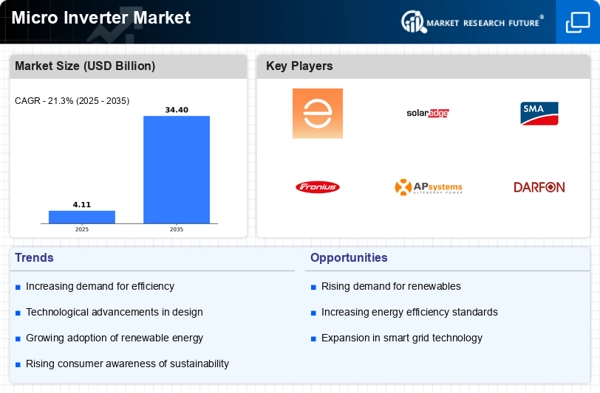
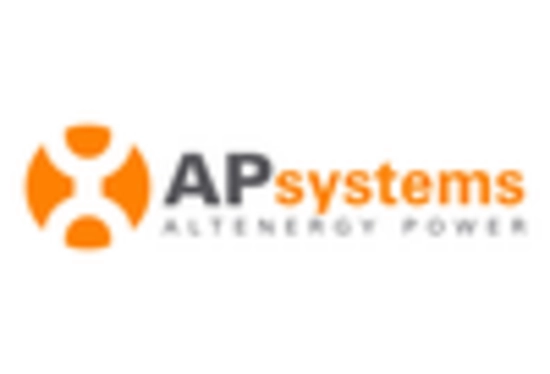
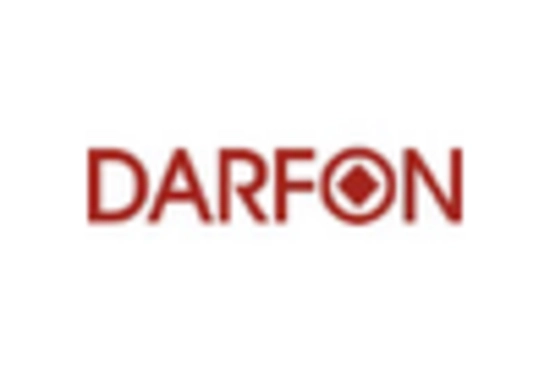
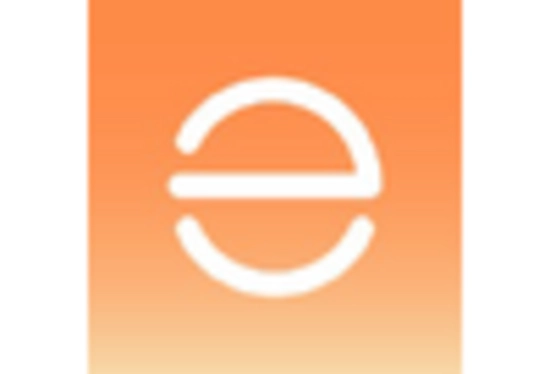
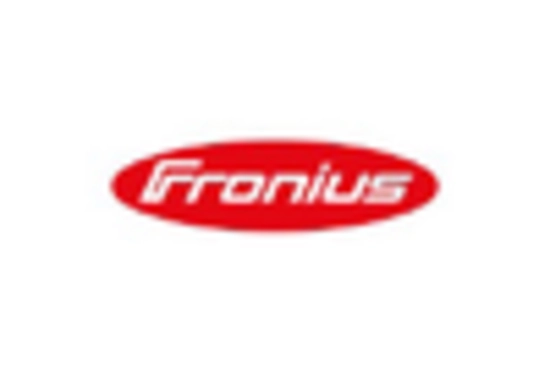











Leave a Comment